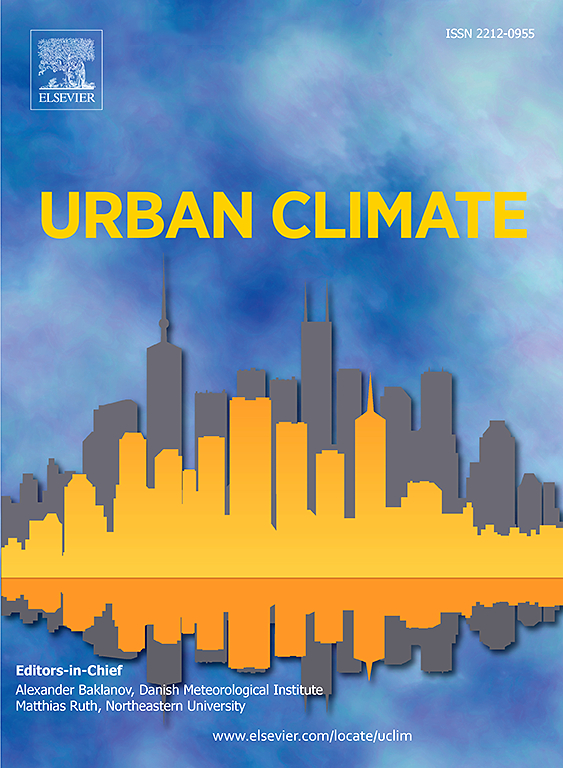Long-term variation of O3 in the Yangtze River Delta and its influencing factors from a regional perspective
IF 6
2区 工程技术
Q1 ENVIRONMENTAL SCIENCES
引用次数: 0
Abstract
To tackle regional O3 pollution, understanding long-term trends and drivers of background O3 is crucial. This comprehensive study analyzed O3 data from the Lin'an regional atmospheric background station (LAN) in the Yangtze River Delta (YRD), utilizing the Ensemble Empirical Mode Decomposition (EEMD) method to discern trends and the Random Forest (RF) model to evaluate anthropogenic and meteorological impacts, while also employing the satellite-based HCHO/NO2 column ratio (FNR) as a proxy to assess O3 production sensitivity. EEMD effectively filtered out high-frequency signals, revealing a significant decreasing trend of −0.7 ppb/decade (p < 0.001) in O3 mixing ratios from 2005 to 2022. In contrast, direct analysis of the raw O3 data showed an insignificant increase of 0.4 ± 0.9 ppb/decade (p = 0.67), highlighting the importance of data preprocessing methods in assessing long-term trends. Meteorological normalization using the RF model, anthropogenic emissions drove a slight O3 rise (1.7 ppb/decade), partly offset by meteorology. Using the FNR, a noticeable shift in O3 photochemical production sensitivity from VOCs-limited to transitional regime was observed since 2014, potentially attributed to decreased NOx emissions. Effective regional O3 pollution mitigation in the YRD demands a comprehensive strategy, focusing on concurrent reductions in NOx and VOCs emissions, with emphasis on efficient VOCs control measures.

求助全文
约1分钟内获得全文
求助全文
来源期刊

Urban Climate
Social Sciences-Urban Studies
CiteScore
9.70
自引率
9.40%
发文量
286
期刊介绍:
Urban Climate serves the scientific and decision making communities with the publication of research on theory, science and applications relevant to understanding urban climatic conditions and change in relation to their geography and to demographic, socioeconomic, institutional, technological and environmental dynamics and global change. Targeted towards both disciplinary and interdisciplinary audiences, this journal publishes original research papers, comprehensive review articles, book reviews, and short communications on topics including, but not limited to, the following:
Urban meteorology and climate[...]
Urban environmental pollution[...]
Adaptation to global change[...]
Urban economic and social issues[...]
Research Approaches[...]
 求助内容:
求助内容: 应助结果提醒方式:
应助结果提醒方式:


